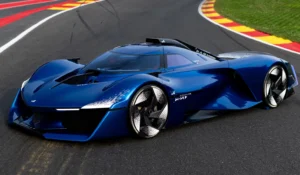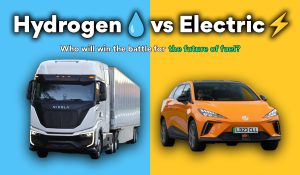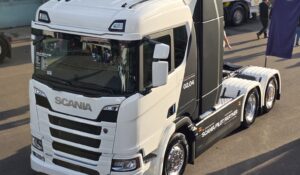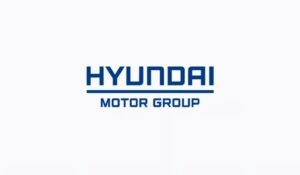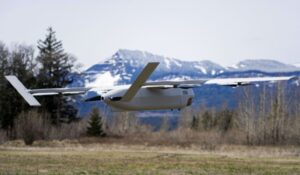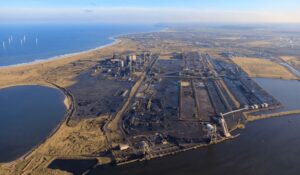Top 10 hydrogen prototype cars in 2025: Hyperion XP-1, BMW iX5 Hydrogen and more

Driving Hydrogen takes a look at the top 10 hydrogen prototype cars for 2024, giving key information about each model.
Toyota Hilux Hydrogen
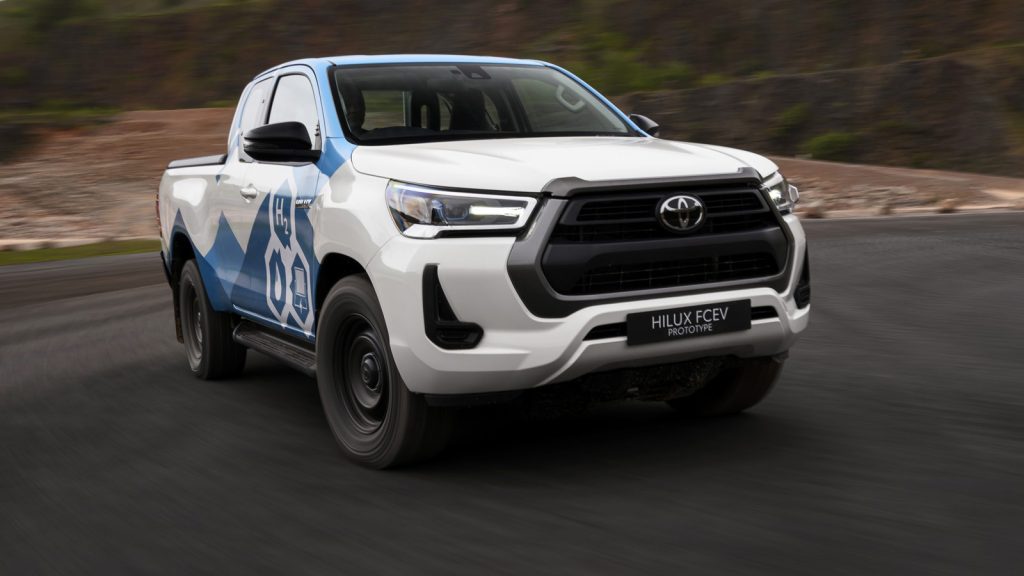
The fuel cell Hilux features rear-wheel drive, powered by an electric motor on the rear axle that delivers a solid 134 kW (180 bhp, 182 DIN hp) and 300 Nm of torque. When driven, the fuel cell produces only pure water as emissions, ensuring zero tailpipe pollution.
Electricity generated by the fuel cell is stored in a lithium-ion battery situated on the rear load deck above the hydrogen tanks, preserving the cabin space.
Currently, five vehicles are undergoing extensive field testing to evaluate their safety, performance, functionality and durability, with data being collected from real-world driving conditions.
Additionally, another five vehicles are being used for customer and media demonstrations, including at the upcoming 2024 Olympic and Paralympic Games in Paris.
Ineos Grenadier Hydrogen
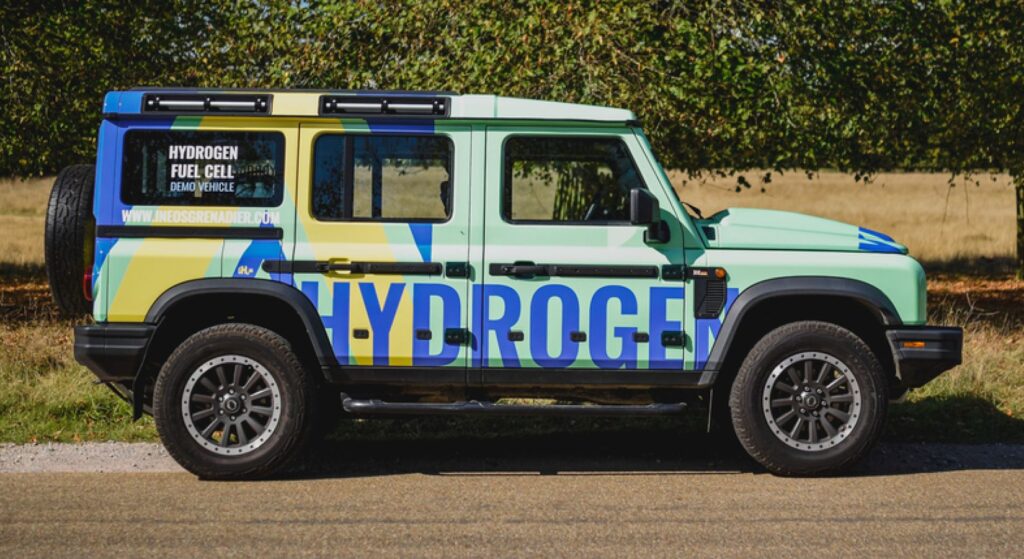
INEOS Automotive’s hydrogen-fueled Grenadier Demonstrator, set for release in 2026, emits only water vapour.
It closely resembles the production Grenadier, with the only notable difference being a bonnet power bulge to accommodate the fuel cell’s additional height – a feature that will not be present in the final production model.
This 4×4 is equipped with BMW Group’s latest hydrogen fuel cell, zero-emissions powertrain, which is recognised as the most advanced and powerful in the automotive industry.
Lynn Calder, CEO of INEOS Automotive, stated to the press: “The hydrogen-powered Grenadier Demonstrator is an extraordinary vehicle, capable of performing all the tasks of a conventionally-powered Grenadier but with zero emissions.”
BMW iX5 Hydrogen

The BMW iX5 Hydrogen is being assembled at BMW Group’s pilot plant within the Research and Innovation Centre (FIZ) in Munich. After four years of development, the project is now progressing to its critical next phase.
A fleet of fewer than 100 vehicles will be deployed internationally for demonstration and trial purposes, targeting various groups.
Based on the current BMW X5, the BMW iX5 Hydrogen was first introduced as a concept at the IAA show in 2019. Initial prototypes were showcased at the IAA Mobility 2021, allowing visitors to experience them as shuttle vehicles.
Oliver Zipse, Chairman of the Board of Management of BMW AG, remarked: “Hydrogen is the missing piece in the jigsaw when it comes to emission-free mobility.”
The BMW iX5 Hydrogen combines long-distance capability and short refuelling stops with locally emission-free driving.
It features a fuel-cell system generating an output of 125 kW (170 hp) and a highly-integrated drive unit utilising fifth-generation BMW eDrive technology, which groups the electric motor, transmission, and power electronics into a compact housing. The total output of the drive system is 295 kW (401 hp).
The hydrogen needed to power the fuel cell is stored in two 700-bar tanks made from carbon-fibre-reinforced plastic (CFRP), with a combined capacity of around six kilograms.
This storage allows the BMW iX5 Hydrogen to achieve a range of 504 km (313 miles) in the lab.
Alpine Alpenglow Hy4
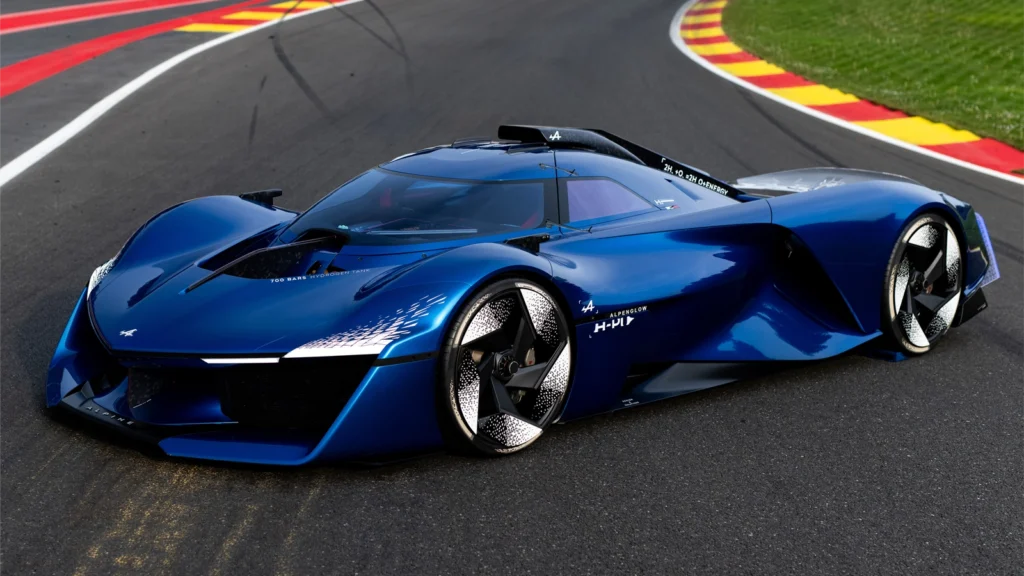
The Alpine A4810 Project, designed by students from the Istituto Europeo di Design (IED), measures 5,091 mm in length, 2,010 mm in width, 1,055 mm in height, and has a wheelbase of 2,717 mm.
This two-seater supercar combines the silhouette of a berlinette with a hydrogen powertrain.
The goal is to create a light, powerful, and agile concept car that delivers pure driving pleasure.
Hyundai N Vision 74

Combining EV technology with an advanced hydrogen fuel cell system, the N Vision 74 is Hyundai N’s first hydrogen hybrid rolling lab designed to explore ‘driving fun’ in the electrification era.
Thomas Schemera, Executive Vice President and Head of the Customer Experience Division at Hyundai Motor Company, said: “N Vision 74 plays an important role in the strategic development of our entire product lineup, especially our electrified, high-performance vehicles.”
The N Vision 74 brings the bold attitude of the Pony Coupe concept into future Hyundai designs, reimagining the interior as an engaging space while preserving the original concept’s pure architecture.
It features a driver-centric cockpit that blends heritage elements with modern design, incorporating a digital cluster and analogue buttons.
Measuring 4,952 mm in length, 1,995 mm in width, and 1,331 mm in height, with a 2,905 mm wheelbase, the N Vision 74 is the first high-performance rolling lab built on Hyundai N’s most advanced hydrogen fuel cell system.
It explores the balance between performance and cooling through a three-channel cooling system.
Land Rover Defender Hydrogen
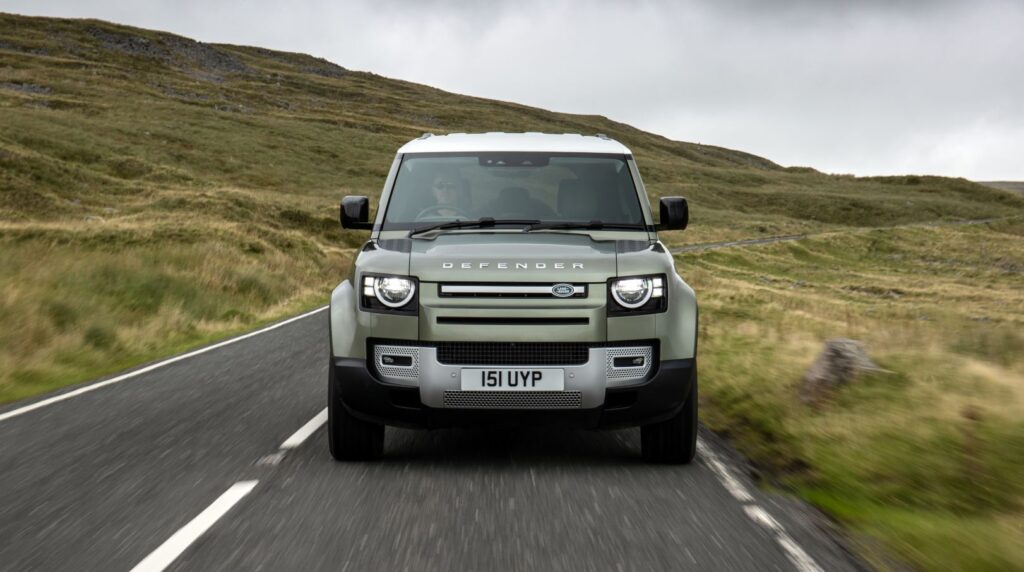
Jaguar Land Rover’s prototype hydrogen fuel cell electric vehicle (FCEV) is based on the new Land Rover Defender.
This concept is part of the company’s goal to achieve zero tailpipe emissions by 2036 and net zero carbon emissions across its supply chain, products and operations by 2039.
To develop the prototype FCEV, Jaguar Land Rover has partnered with leading R&D organisations, including Delta Motorsport, AVL, Marelli Automotive Systems, and the UK Battery Industrialisation Centre (UKBIC).
Ralph Clague, Head of Hydrogen and Fuel Cells at Jaguar Land Rover, commented: “We recognise hydrogen’s role in the future powertrain mix across the entire transport industry.
“Alongside battery electric vehicles, it provides another zero tailpipe emission solution tailored to the specific capabilities and requirements of Jaguar Land Rover’s world-class lineup of vehicles.”
Mercedes-Benz GLC F-CELL
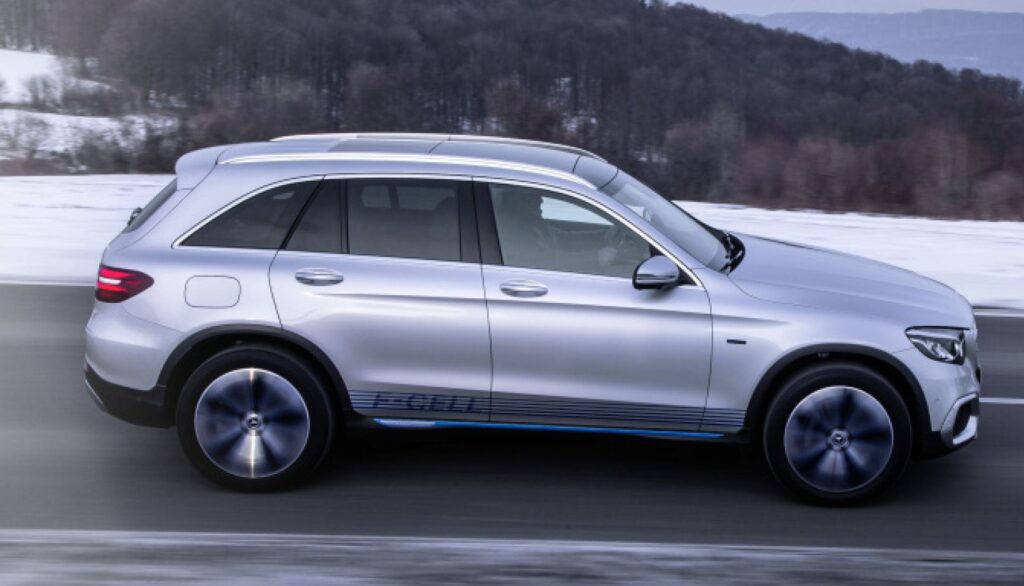
The Mercedes-Benz GLC F-CELL has combined hydrogen consumption of 0.34 kg/100 km, combined CO₂ emissions of 0 g/km, and combined power consumption of 13.7 kWh/100 km.
The Mercedes-Benz GLC F-CELL is a unique plug-in hybrid as it combines innovative fuel-cell and battery technologies for the first time: apart from electricity, it also runs on pure hydrogen.
Intelligent interplay between battery and fuel cell, long range, and short refuelling times make the GLC F-CELL a vehicle of high everyday practicality and also suitable for short and long distance motoring.
Hyperion XP-1

The Hyperion XP-1 is currently in prototype form and features Bugatti-style adjustable blades covered in solar panels.
The Hyperion XP-1 boasts an unbelievable range of 1,016 miles (1,635 km) with its carbon-fibre hydrogen tanks fully filled.
The powertrain includes hydrogen fuel cells, supercapacitors instead of batteries, a three-speed transmission, and four axial-flux electric motors that deliver power to all four wheels.
With a combined power output exceeding 2,000 hp, the XP-1 can accelerate from 0-60 mph (0-100 km/h) in just 2.2 seconds and reach a top speed of 221 mph (356 km/h).
According to Hyperion, the XP-1 weighs 2,275 lbs (1,032 kg), significantly lighter than most electric hypercars. This reduced weight is achieved through a carbon titanium monocoque structure, aluminium alloy suspension, and titanium-reinforced composite bodywork.
Toyota Corolla Cross

The Corolla Cross H2 Concept is equipped with a 1.6l 3-cylinder turbo engine from the GR Corolla.
Using high-pressure hydrogen direct injection engine technology from motorsport activity, and by adding the hydrogen tank packaging know-how from Mirai, Toyota has been able to create a Corolla Cross H2 hydrogen prototype that can transport five passengers and their luggage.
Real-world evaluation is currently being carried out alongside ongoing digital development, with the vehicle going through testing in northern Japan.
2025 Honda CRV Fuel Cell
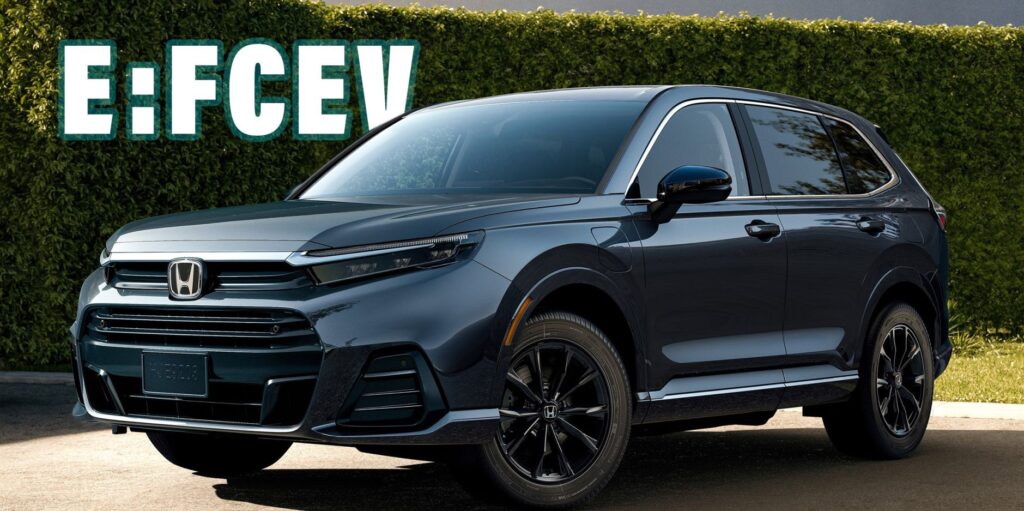
The CR-V e:FCEV, an all-new hydrogen fuel cell electric vehicle (FCEV), is scheduled to go on sale in Japan and the USA in summer 2024.
The CR-V e:FCEV is expected to offer more than 600 km (372 miles) of range on a full tank of hydrogen, with an additional battery-powered EV range of more than 60 km (37 miles).
The CR-V e:FCEV will be equipped with the fuel cell system co-developed by Honda and General Motors (GM) and produced by their joint venture company, Fuel Cell System Manufacturing, LLC (in Michigan, U.S.A.).
It combines the rugged driving performance and functionality of an SUV with a short hydrogen refuelling time, approximately three minutes, for stress-free long-distance driving.
The vehicle will be produced at Honda’s Performance Manufacturing Centre (in Ohio, U.S.A.) and exported to Japan.
Following the introduction in Japan, sales in North America are scheduled to begin before the end of 2024.

